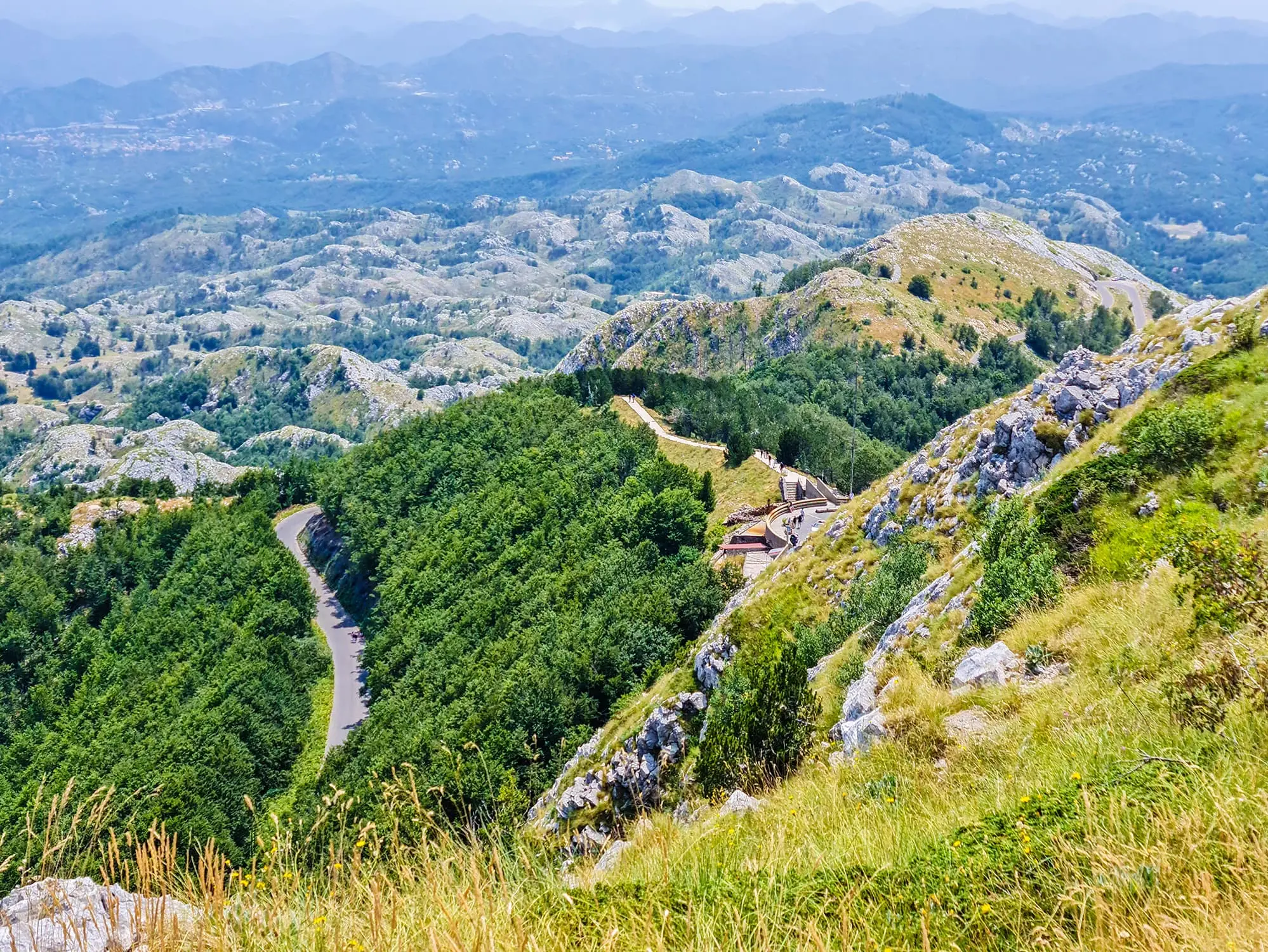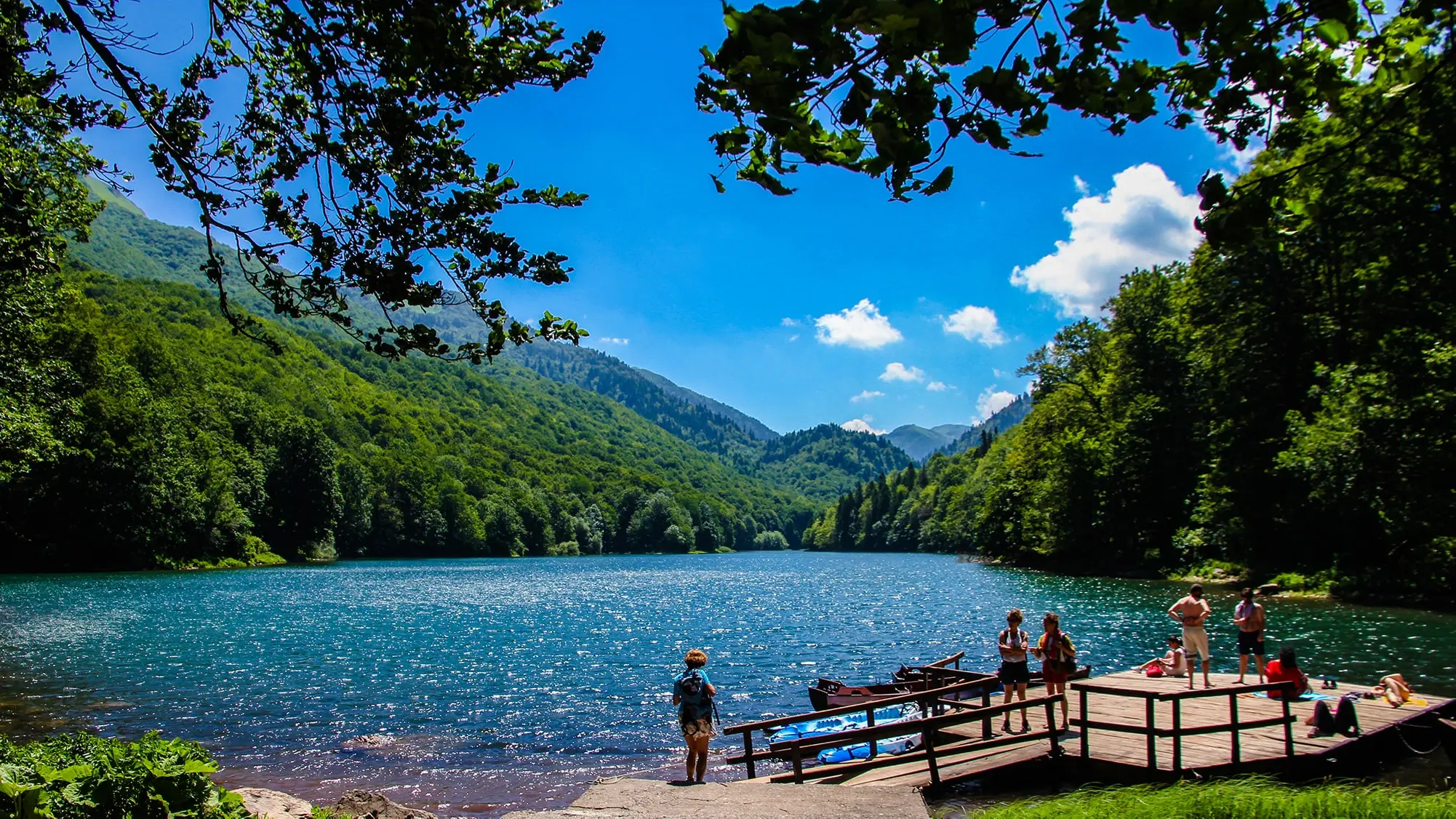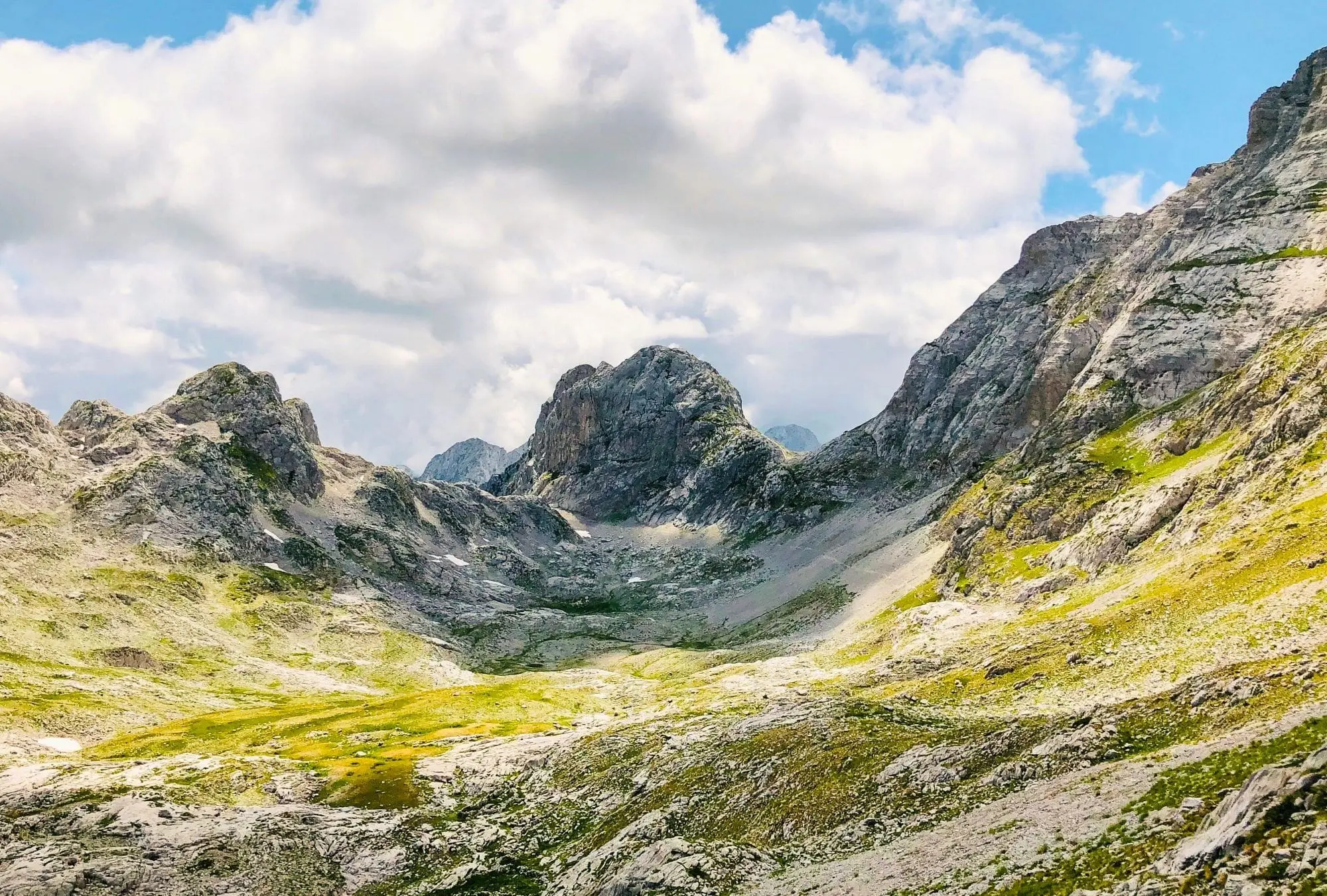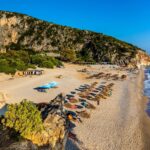How many national parks does Montenegro have?
Montenegro, known for its beautiful landscapes and diverse ecosystems, has several national parks. Although there are fewer of them compared to neighboring countries such as Croatia or Albania, their importance is still incomparable because they make up about 7.58% of the territory of this country.
In this article, we will explore these stunning protected areas, revealing their unique characteristics.

Njegos Mausoleum, Lovćen, Photo: Adria.fun
Montenegro can boast and be proud of the following five national parks:
LOVĆEN NATIONAL PARK
As a natural border between Cetinje and the Bay of Kotor, Lovćen received its status as a national park in 1952. Spread over a territory of 6,220 hectares, it is, apart from its natural character, one of the most important cultural and famous places in Montenegro.
Its highest peak is Štirovnik with an altitude of 1,749 meters, while the second in order, Jezerski vrh, is home to the tomb of Petar II Petrović Njegoš.
Under the influence of three climates, Mediterranean, continental, and mountain, the Lovćen National Park can boast of a diversity of plant life consisting of around 1,300 plant species.
You can find out more about the entire park in the article here.

Lovcen National Park, Photo: Adria.fun
DURMITOR NATIONAL PARK
The holder of the title of the highest national park in Montenegro is certainly Durmitor, which received its park status in 1952 together with Lovcen and Biogradska Gora national parks.
Extending over 34,500 hectares, it includes the massif of the Durmitor mountain, the canyons of the Tara, Draga, and Sušice rivers through the municipalities of Žabljak, Šavnik, Plužine, Pljevlja and Mojkovac.
Durmitor National Park also includes the highest part of the Komarnica canyon valley with 48 mountain peaks over 2,000 meters above sea level. The highest peak of the Durmitor National Park is Bobotov kuk with an altitude of 2,525 meters.
This beautiful national park is adorned with as many as 18 glacial lakes, which are also called mountain eyes, and the most famous is certainly the Black Lake.

Bobotov Kuk, Durmitor, Montenegro, Photo: Goran Smith
LAKE SKADAR NATIONAL PARK
The area of this national park includes Lake Skadar, the largest lake in the Adria region and the Balkans. It covers 40,000 hectares and is the largest park by area.
The lake covers an area of 370 km2 in summer and up to 540 km2 in winter, and the largest amount of water is contributed by the Morača River and the rivers Mrka, Gostijska River, Zetica, Plavnica, Tara, Mala Morača, Crnojevića river, Seljašnica, Orahovštica, and others.
Given that it is shared by two countries, 110.5 km belongs to Montenegro and has the status of a national park, while the part of the coast belonging to Albania, 57.5 km, is considered a nature park.
The national park is known for its huge variety of birds, and it is also rich in cultural heritage, which includes one of the oldest monasteries in the country, and various forts.
You can find out more about the park itself here.

Lake Skadar, Photo: Adria.fun
BIOGRADSKA GORA NATIONAL PARK
In the very northeast of Montenegro, near Kolašin, one of the most famous ski resorts in the whole country, surrounded by the picturesque rivers Tara and Lima, you will find the stunning Biogradska Gora National Park.
Located in the heart of the Bjelasica mountain, the park and the mountain offer a natural refuge for visitors, which covers 5,650 hectares.
The national park is adorned by six enchanting glacial lakes, namely Biograd Lake, lake Pešića, Big Ursulovacko Lake, Small Ursulovacko Lake, Big Šiško Lake, and Small Šiško Lake.
In addition to the beautiful lakes, the most important segment of the Biogradska Gora National Park is a rainforest reserve that covers 1,600 hectares and is strictly preserved.
You can find out more about the park here.

Lake Biograd, Photo: Pierre Merivier, CC BY-NC 2.0 DEED
NATIONAL PARK PROKLETIJE
The title of the youngest national park in Montenegro was taken by the Prokletije National Park, whose status was approved only in 2009. It covers 1,660 hectares and is located in the territories of the municipalities of Plav and Gusinje.
Although mostly mountainous, this national park is also adorned with glacial lakes, the most famous of which is Hrid Lake, also known as the Lake of Luck.
The highest peak of Prokletije, but also in Montenegro according to unofficial statistics, is precisely Zla Kolata with 2,534 meters above sea level.
In this national park, you will come across a rich cultural and historical heritage such as prehistoric drawings of hunting, various churches and mosques, and pastoral settlements filled with katuns, that is, wooden huts.

Prokletije, Photo: Valter Zhara Pexels,




Leave a Reply